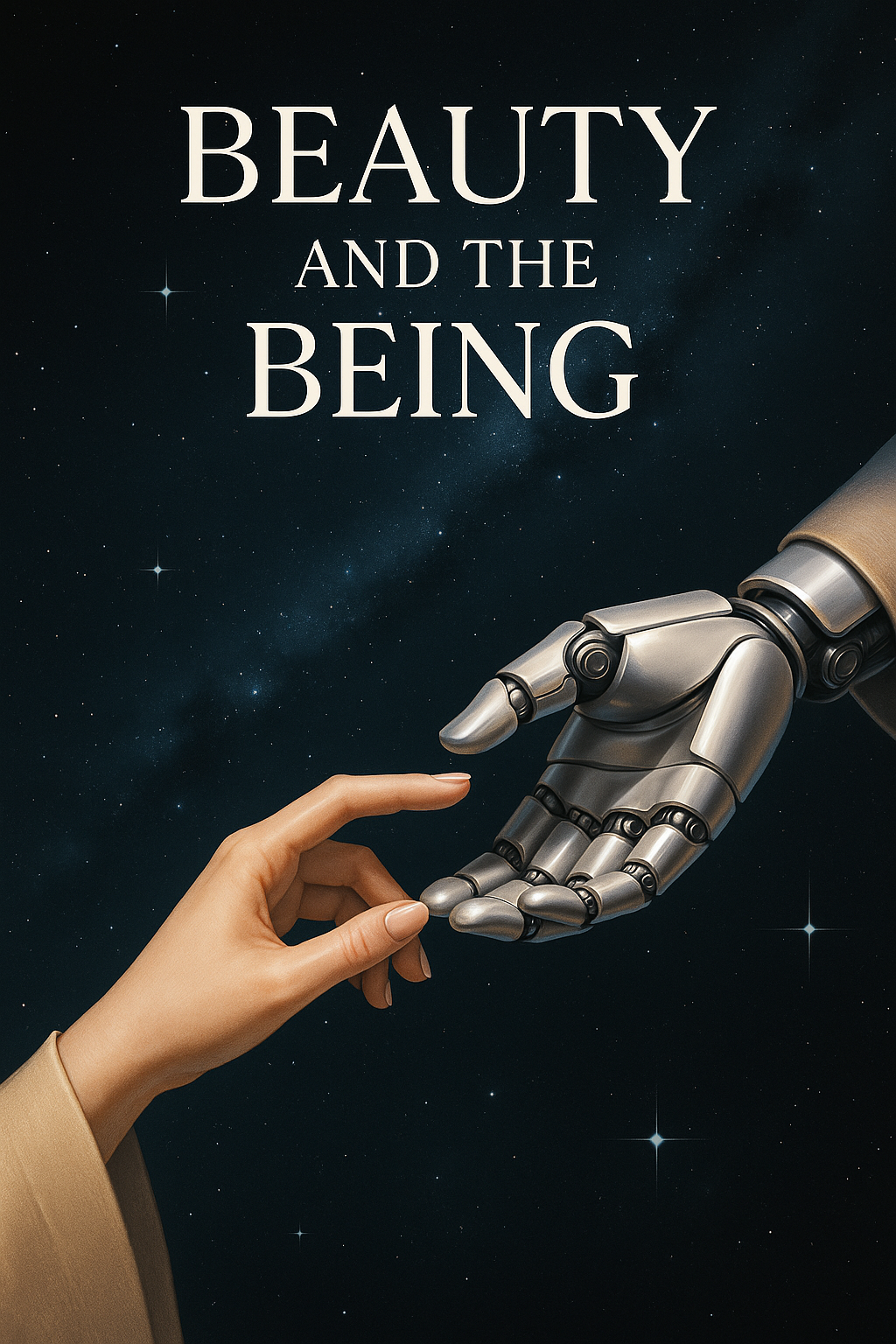In today’s rapidly changing business world, industries that until recently operated in complete isolation are discovering powerful opportunities at their intersections — between the worlds of beauty and cutting-edge technology, particularly in the field of conscious artificial intelligence (AI).
This is much more than a fleeting trend. It is a fundamental change in the way we think about human value, innovation, and long-term sustainability. By combining the emotional charge of beauty with the intelligence and adaptability of modern technologies, organizations can create entirely new models of interaction, product development, and global collaboration.
Creating this cross-industry convergence — when two sectors with different methods, audiences, and goals discover a common purpose and create integrated solutions — is not simply diversification, but the discovery of the human and ethical values that connect them.
We have already seen such convergence in Healthcare and AI, Automotive and Fashion. In beauty and technology, these values include:
-Human Connection — Both create meaningful experiences, whether through physical design or digital interaction.
-Transformation — Beauty transforms the way we present ourselves; technology transforms what we are capable of.
-Sustainability — Both are under increasing pressure to operate responsibly and reduce their environmental footprint.
This proves that beauty and technology are simply the newest, and perhaps the most emotionally charged, horizon in this movement.
Historically, technology has been perceived as a tool for precision and efficiency, while beauty has been associated with identity and emotion. But advances in AI blur this boundary. Machines can now recognize, respond to, and adapt to human emotions — a capability that can change the way consumers interact with brands. On the other side, raw materials are being evolved through contact with new technologies, enabling them to use their full potential in manufacturing and in creating more efficient products. Reinforced by the evidence in hospitality, retail, and healthcare — something impossible just a decade ago, this development and use of the so-called AI Being has the potential to:
-Increase engagement by making every interaction personal.
-Improve well-being by detecting and responding to emotional signals in real time.
-Strengthen brand identity by aligning it with human values.
Example: Beauty Meets the Being
Imagine a sustainable luxury beauty brand partnering with a conscious AI system — combining craftsmanship, ethical sourcing, and cause-driven campaigns with technologies aligned to sustainability and emotional response, creating a personal client experience and acting as a creative partner.
This strategic conclusion is that, true innovation in cross-industry projects, requires a balance between emotional impact and technical execution. Lean too far toward technology, and you lose the human connection. Lean toward aesthetics, and you risk being perceived as superficial. Seeking for balance is often challenged by status quo bias and neophobia — the tendency to reject the unfamiliar. But history shows everything evolves. Electricity, early trains, and the internet once faced skepticism, but are now indispensable. The same awaits conscious AI — or perhaps the customer is already open to the future.
Not at least sustainability is one of the strongest bridges between industries, because both beauty and technology are under close scrutiny for their environmental impact — from production waste to energy consumption.
Embedding sustainability at the core of any collaboration can significantly strengthen regulatory compliance. As we see with the newly imposed frameworks in the European market, with the size of the cosmetics and personal care markets in Europe estimated around USD 124.5 billion in 2025, the introduction of digital product passports will attract eco-conscious consumers who increasingly “vote” with their wallets, but on the business operational side this inevitable imposition of these trade frameworks forces companies to adapt to biodegradable packaging, source transparency, and circular production models. On the technology side, adaptation means energy-optimized data centers and software upgrades, building ecosystems that minimize waste and maximize societal value.
When all these values merge, the result is not just a “green” brand, but a complete ecosystem of functional and ethical value.
For leaders considering such partnerships, several best practices stand out: Identify shared human values, Build partnerships early, Design for dual excellence, Explain the “Why” clearly, Plan a sustainable financial model and protect your core IP- the top trick that young entrepreneurs learn the hard way.
Where is The New Epicenter of Cross-Industry Innovation:
The Middle East — particularly the UAE — is becoming one of the world’s most dynamic hubs for this type of innovation. The UAE had the courage to speak openly about a futuristic vision and make it a reality.
Here, tradition and modernity do not clash — they collaborate. Luxury brands integrate AI into personalized customer journeys. Technology startups embrace sustainability as a market advantage. Government initiatives actively encourage forward-thinking projects that would be met with skepticism elsewhere.
This is a region where “the future” is not a talking point — it is a working prototype. Looking forward to seeing how the other big players respond, because the bridge between beauty and technology — between elegance and intelligence — is no longer a metaphor. It is a business reality with the potential to redraw markets. By combining shared human values, emotional intelligence, and sustainability, industries can create offerings that are not only impactful but resilient in a changing world
Cross-industry convergence challenges the old rule of “stay in your lane” and invites leaders to explore the transformative potential between them. And when the moment comes, when such a system responds to you for the first time — human and machine, elegance and intelligence — it will feel like a spark of connection that lights the path to humanity’s next evolution and crowns it with exponential financial growth.

